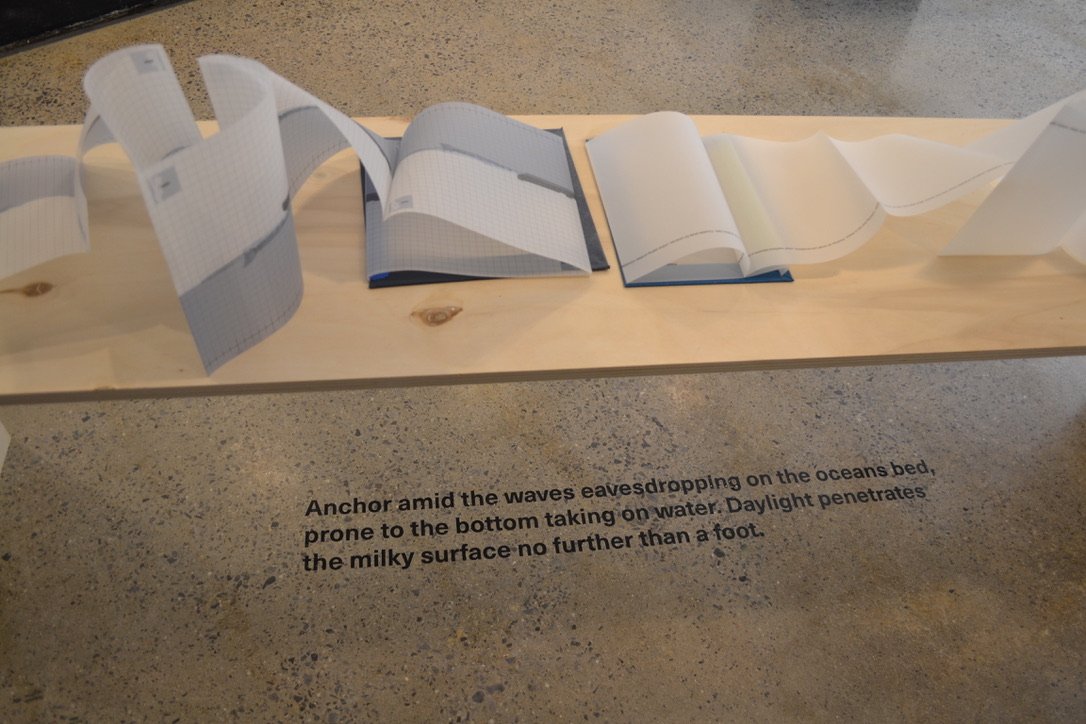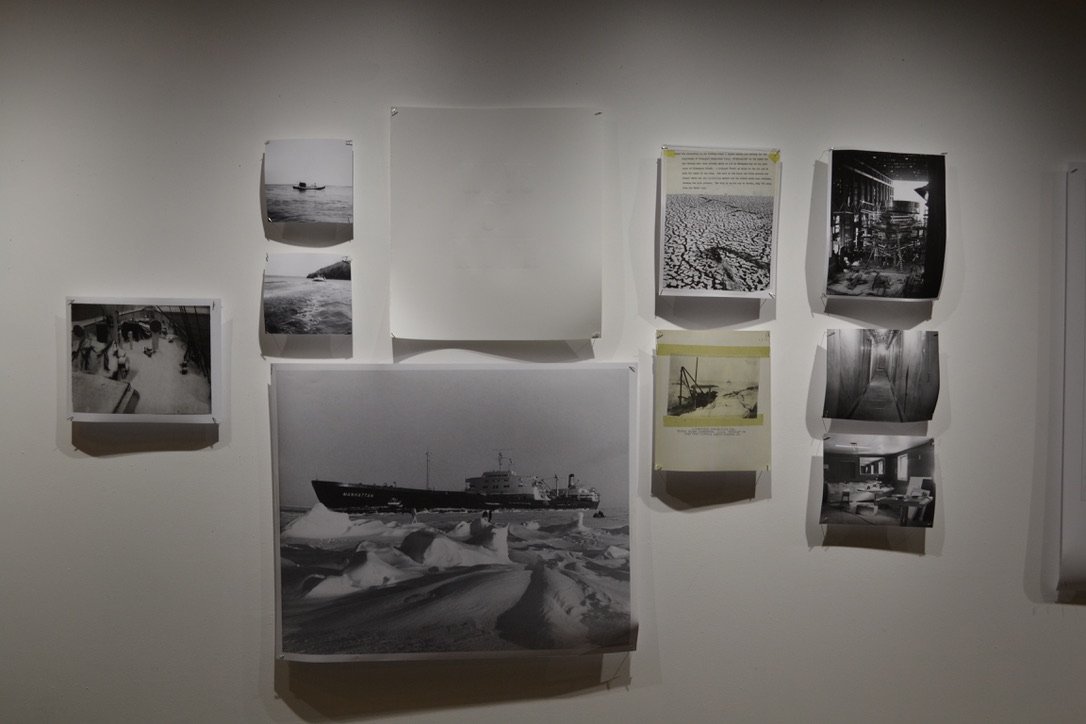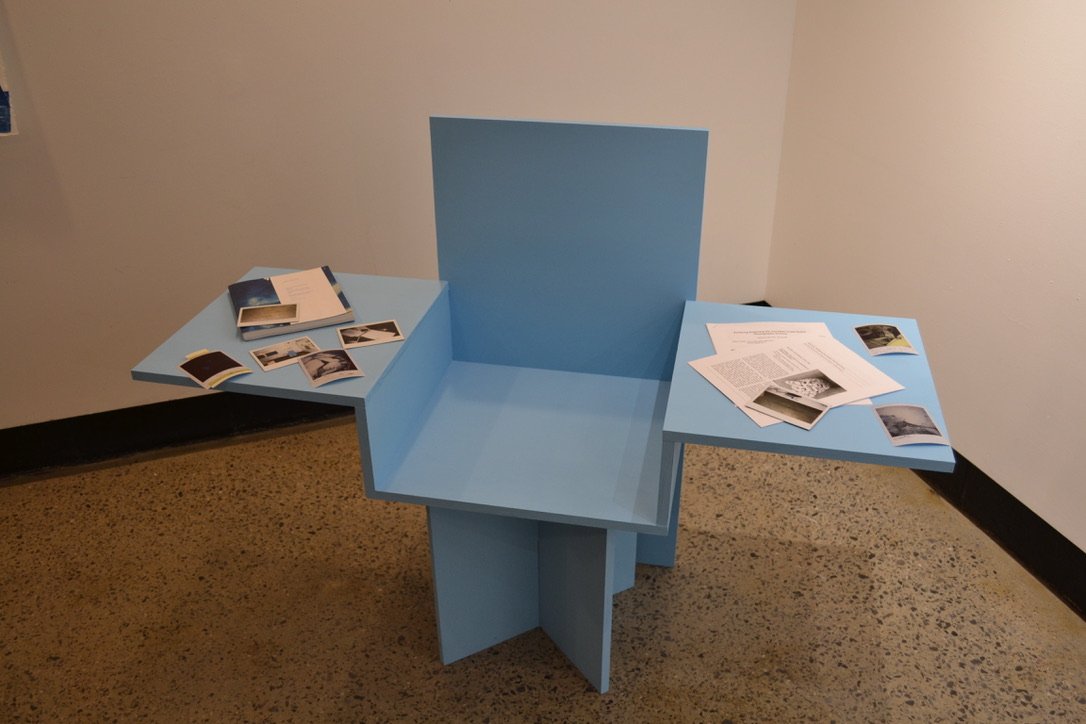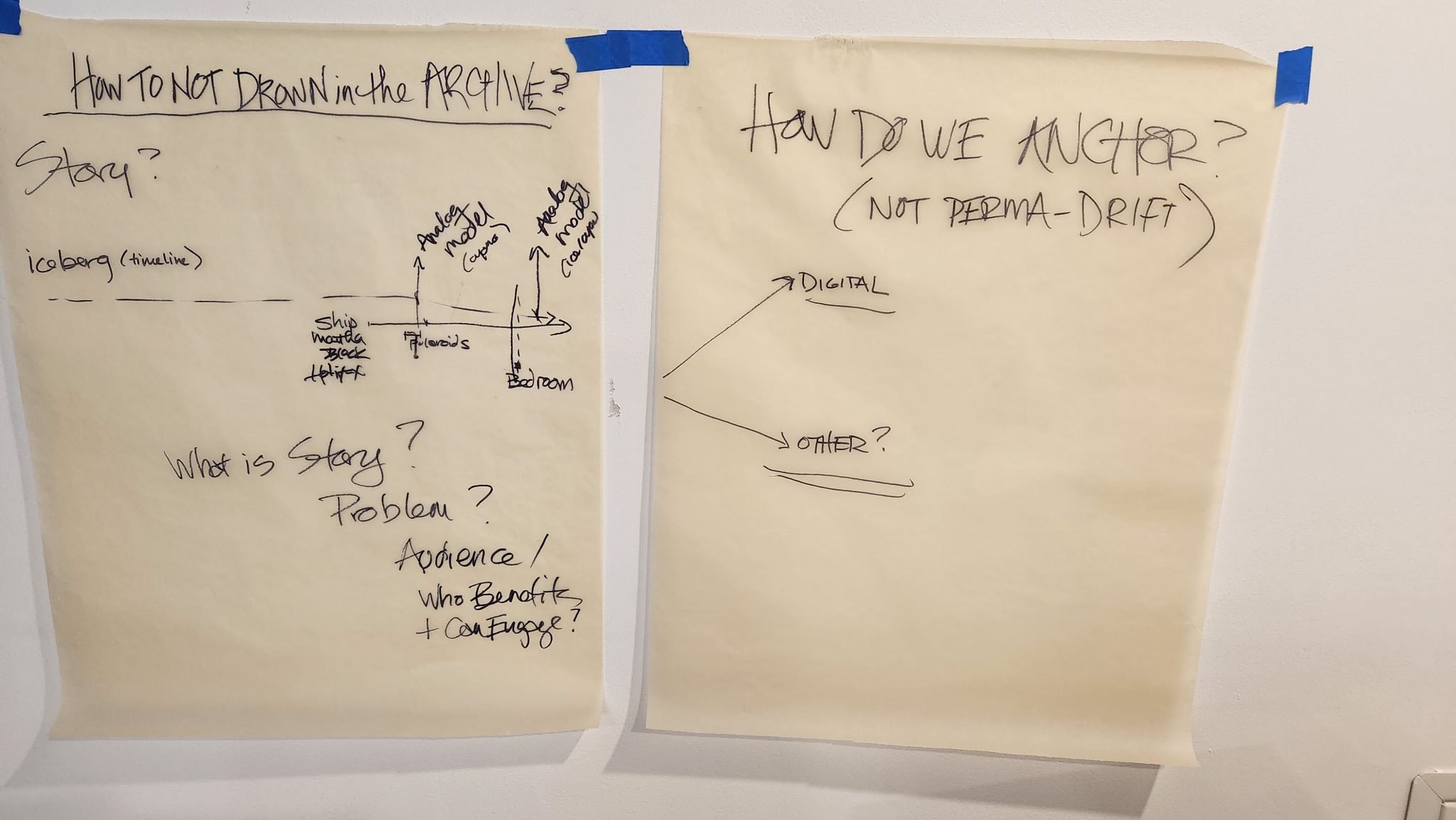Artist/archivist dissolves boundaries at architecture school
"I found architecture in sort of a roundabout way," says Emma Rath. "I was never gifted in math, so from an early age, I assumed architecture was off the table for me."
Emma, 24, had been pursuing her interdisciplinary interests in multiple ways. In 2020, she obtained a Bachelor of Fine Arts with a major in Interdisciplinary Art and a minor in Print, Paper, and Book from the Nova Scotia College of Art and Design University (NSCAD). She has exhibited her artwork and was a guide at Canadian Pavilion during the 2017 Venice Biennale in Art.
She also has a certificate in Managing Digital Archives from the International Council on Archives and an Accelerated Management diploma from Yale University.
Emma Rath at a printing press.
After her undergraduate studies, she started working as an archivist for the Canadian Coast Guard Photography Archive.
Emma imagined the next step would be a Master of Fine Arts or perhaps curatorial studies. After hearing about Carleton University's three-year Master of Architecture program, she applied there as well.
"When I received all the acceptance letters and weighed the options, I knew architecture was right for me."
Emma Rath’s installation for the presentation of midterm thesis reviews at the Azrieli School of Architecture & Urbanism
Developing an inclusive archive
At Carleton's school of architecture, she has been encouraged to develop her knowledge and interests, making connections with architecture. She is now in her final year working on her thesis.
"My thesis attempts to create an equitable archive that will cultivate a generous and welcoming space for visitors and will use the Canadian Coast Guard Photography Archive as a case study," she explains.
"At this early stage of my thesis project, I am considering an array of possibilities such as physical building, digital databases, and interiors down to the chairs, tables, etc., that would occupy this archival space."
Emma Rath presenting her thesis progress during midterm reviews
“Innovative and exciting works”
Associate Professor Catherine Bonier, Emma's thesis supervisor, stresses the strength of the Carleton program in providing "solid foundations that allow expansive research and design explorations."
Dr. Bonier's students generally work with issues of water and cities. Past students have developed projects around decommissioned industrial sites, a megacity's shifting littoral edges, fragile glacier ecologies, privileged parkscapes, post-Soviet cultural complexes, seen and unseen queer networks, brownfield riverfront sites, maritime fisheries, and ecotourism.
Emma "has brought her own experiences, knowledge, creativity, and curiosities together to generate innovative and exciting works in text, as well as more fluid media," says Bonier.
Below: Emma Rath’s progress work
Research led to article and conference paper
Emma's research has already led to publication in NiCHE as part of the series Visual Cultures of the Circumpolar North with the Jackman Institute for Humanities at the University of Toronto.
Her article, Surfacing: Exploring the Canadian Coast Guard Archive, is an extension of an essay she wrote last winter in Bonier's graduate seminar, Introduction to Critical Thought in Architecture.
In it, she explores "the indeterminate nature of photographic representation and scientific records which regard photographs as determinate facts" in the context of the "breathtaking" Coast Guard archive images of water, ice, and vessels.
Emma has just returned from giving a paper to a conference of the International Design Communication Association which took place in Alabama. Her work on the way water is understood and represented in the archive was selected for speaking to "Remembering and Forgetting" as architectural and design themes.
“An array of paths I could take”
"What is so exciting about Carleton and my thesis work is the interplay between design, art, and architecture," she says. "I have always been curious about finding ways to push, blend, dissolve the boundaries we create."
Emma is unsure of what she will do when she graduates but is considering PhD programs, residencies and firms.
"There is an array of paths that I could take," she says. "A wonderful facet of this degree is you can really go anywhere in an architectural, design, art, and culture capacity."







